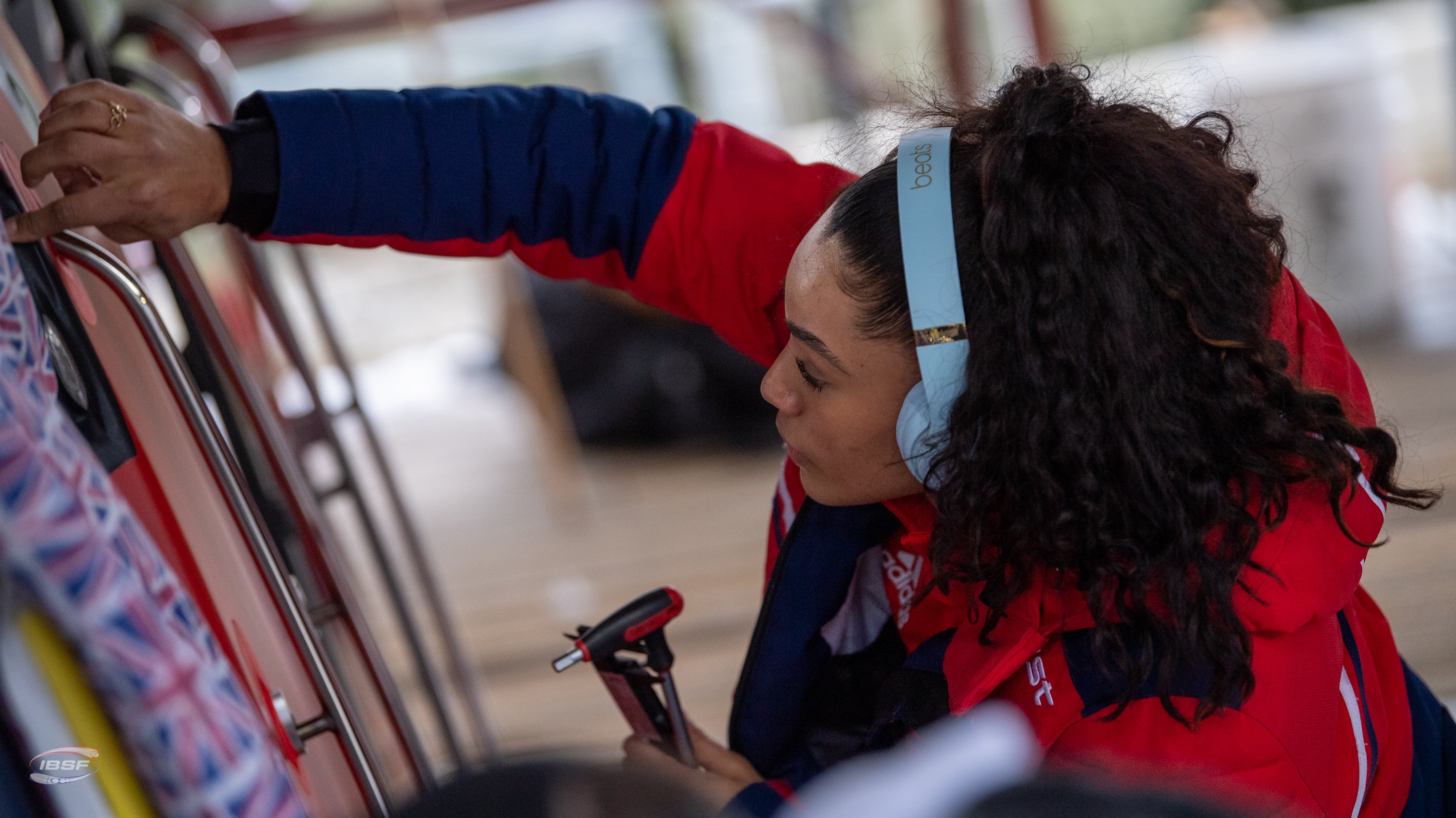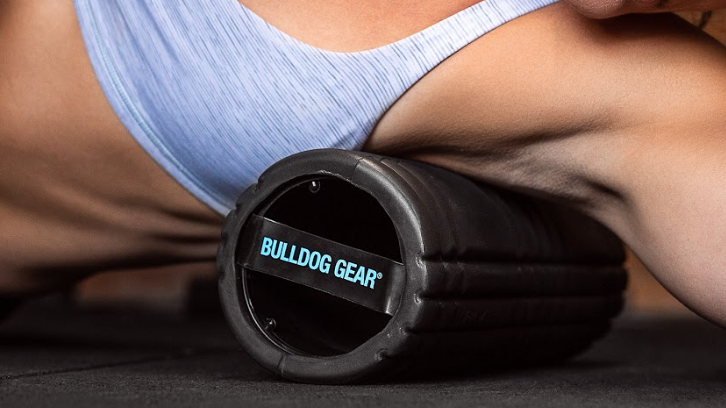|
25/04/2022 | Andrew Tracey Andrew Tracey is a long time collaborator with Bulldog Gear. A coach, writer and current fitness editor of Men’s Health Magazine, he has been in and around the fitness industry for the past 16 years. Having enjoyed and endured a number of disciplines from endurance racing, to strongman, to Crossfit AT enjoys getting neck deep in the practice just as much as the theory. |
In Episode 60 of The Bulldog Gear Podcast we took a deep dive into the concept of ‘progressive overload’, the driving force behind gaining strength and muscle mass in the gym.
One of the concepts we touched upon as a ‘foolproof method’ for ensuring progressive overload was ‘Escalating Density Training’. Our reason for highlighting ‘EDT’ over the myriad of other methods?
It’s beautifully simple, and savagely effective.
TIME’S TICKING
Originally published in 2002 by legendary strength coach Charles Staley, the concept behind EDT is simple- your goal is to perform the maximum amount of work possible in a given timeframe (originally two lots of twenty minutes, but often revised to three blocks of fifteen minutes), logging your ‘score’ and attempting to ‘beat’ it the next time you repeat the effort. If this sounds awfully like an ‘AMRAP’ to you, you’re not wrong. The principles are essentially the same, however EDT dives a little deeper and offers some more parameters to maximise muscle gain.
POWERFUL PAIRINGS
EDT’s primary goal is to add muscle mass, although by it’s very nature your work capacity and ‘fitness’ will increase by de facto, but with that in mind the first consideration we’re going to make is exercise selection. Staley empathised that the idea of EDT was to make each workout harder by increasing the work you actually perform, not simply making it feel hard, he stressed the importance of ‘fatigue management’, employing measures to ensure you can keep working at a high capacity instead of simply repping yourself into a brick wall that you can’t recover from for the remainder of the ‘rep block’ (EDT talk for an individual 15 minute time frame).
Each rep block consists of two movements performed back to back, resting according to your own ‘athletic capacity’, our first step in managing fatigue for the most efficient rep block is choosing to movements that compliment one another. Movements that use the same or similar muscle groups or movement patterns interfere with one another and quickly ramp up local fatigue. Multiple compound movements drive up systemic fatigue, leaving you gassed (although this may be preferable if your goals are also to increase your general fitness). Whilst pairing lower and upper body movements forces your heart to work double time to pump blood from top to bottom in quick succession (a technique in it’s own right known as ‘peripheral heart action’ training). So for maximum muscle gain we want to pick opposing muscle groups, pairing a compound movement for one and a smaller, isolation movement for the other.
With this in mind we might consider pairing pull-ups with tricep extensions; bench press with bicep curls or squats with hamstring curls (although lower body movements can also be effectively paired with carries or trunk movements). The smaller, single joint movements give your body a chance to rest between the big compound efforts, whilst not further driving up local fatigue. In this manner we’re able to eek out the absolute maximum amount work without blowing out.
HALF THE REPS, TWICE THE GAINS
Staley’s next consideration was avoiding failure from set to set. Although working to muscular failure is admirable, and may even be necessary for maximum muscle gain, Staley stressed that coming out of the gates too hot and incurring considerable recovery time could ultimate hamper the total amount of work you’re able to perform in each rep block. To this end he implemented the 50% rule— Pick a weight that you could perform for ten to twelve reps to absolute failure, and begin each rep block hitting only sets of five or six. Initially this is going to feel incredibly easy, and indeed it is, but combined with your clever pairings you’ll find you’re able to keep rest to an absolute minimum, just enough to maintain good form, cycling back and forth between movements and driving your rep count through the roof.
As the minutes tick on and the reps tick up, you’ll find those small sets of five increasingly more difficult. It’s not uncommon for trainees to finish rep blocks with sets of two or three reps at an absolute ball busting intensity, so if you’re worried it feels ‘too easy’ in the beginning, just hold on tight, because you’re in for a ride.
NEW HIGH SCORE
Here’s the real magic of EDT, as you work your way through each rep block, keep a tally of your reps for each movement (I find jotting down marks into a notebook between movements makes for the perfect unconscious rest period), giving you a ‘high score’ for each exercise at the end of your session. The next time you repeat the same session or pairing, generally five to seven days later, your goal is to use the same weights for each movement but complete more total reps in the same length rep block, ensuring progressive overload, and with the right nutritional back up and adequate recovery- fresh new muscle growth.
But how do we keep progressing, there’s only so many reps you can fit into fifteen minutes, right? Here’s where you apply Staley’s 20/5 principle- once you’re able to add an additional 20% to any given movement, add can extra 5% weight in the following session. Much of the time this just amounts to adding the smallest weight increments you have available, so at risk of butchering the programme- adding 5kg to upper body lifts and 10kg to their lower body counterparts seems to work well.
With fresh weights added and the winds of progress in your sails, a good rule of thumb is to aim for the same ‘high score’ you achieved on your initial outing, setting a new baseline to build upon. And build upon, and build upon…
Enjoy.



